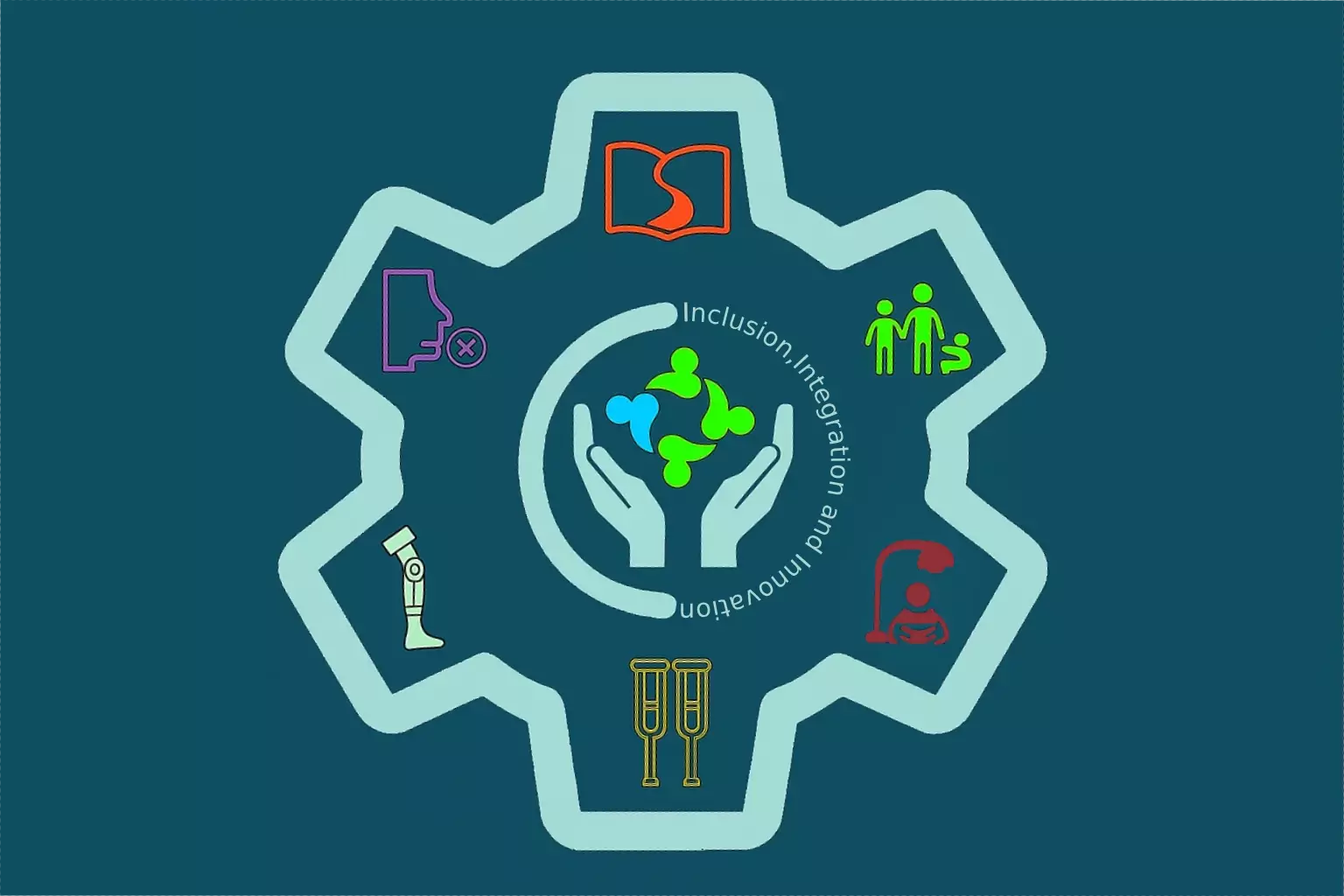The Web Browsing Interface for Speech and Motor Impairment is a specialized browser empowering users with limited mobility or speech difficulties to navigate the internet, access social media, and manage emails independently. It features numbered links for easy selection, on-screen keyboards for text input, frequently used navigation commands, and dedicated panels for accessible Facebook interaction and simplified emailing. By combining intuitive scanning keypads with large, clearly labeled buttons, this interface makes web browsing and online communication seamless, efficient, and inclusive for people with motor and speech impairments.
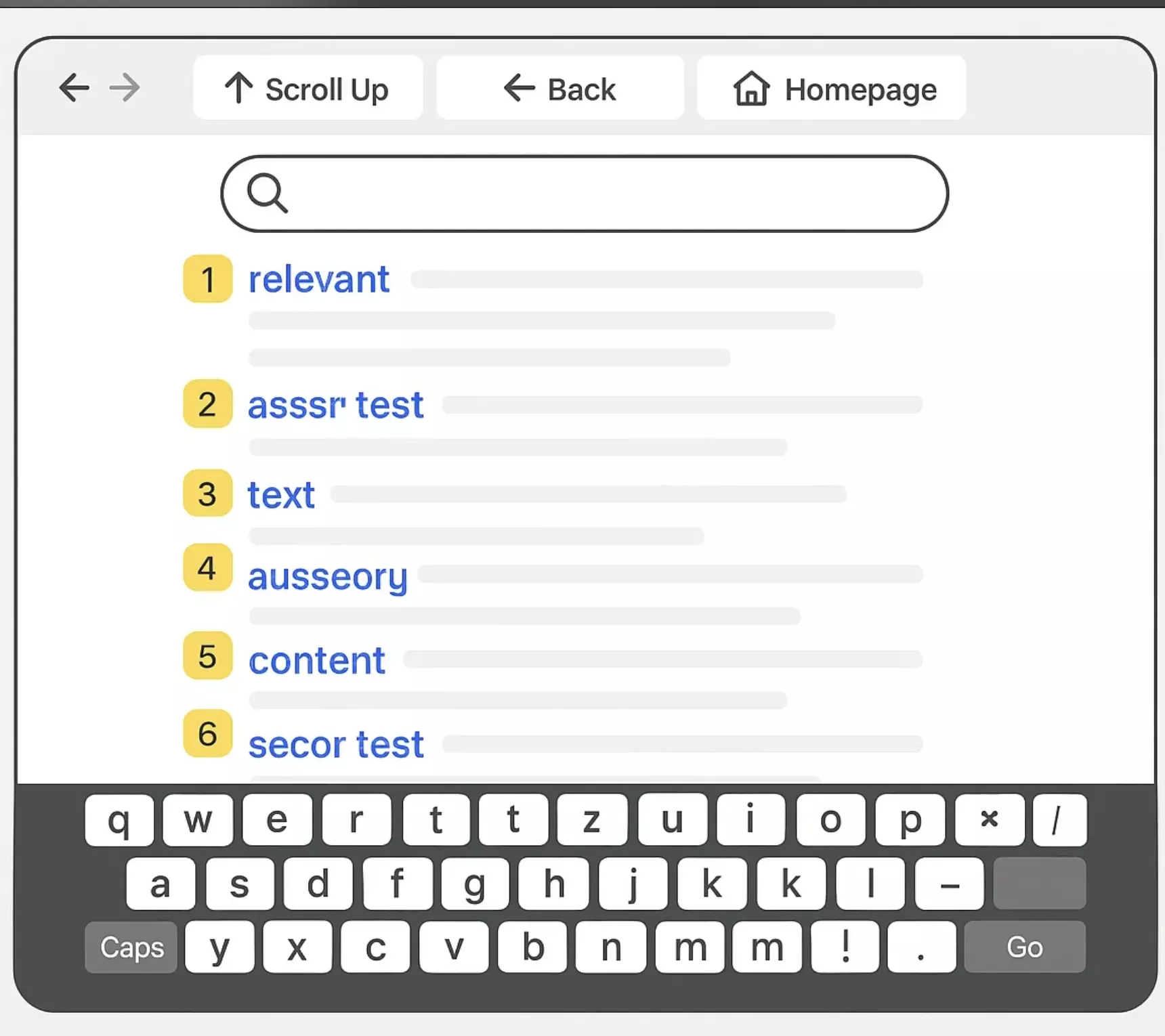
Mentors
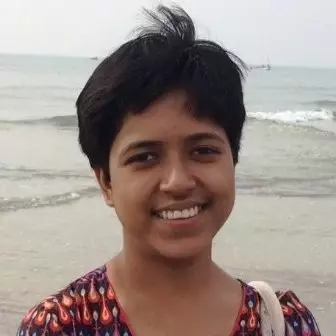
Scientist, TCS Research
Former Assistant Professor
Center for Education Technology
IT Kharagpur, India.
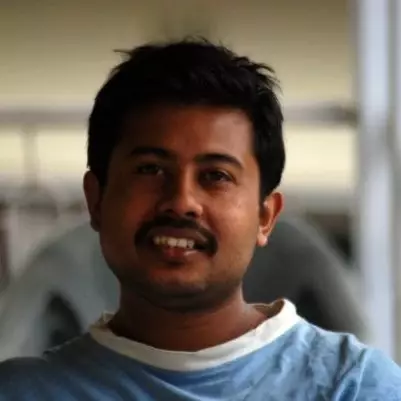
Scientist, Tata Consultancy Services Research.
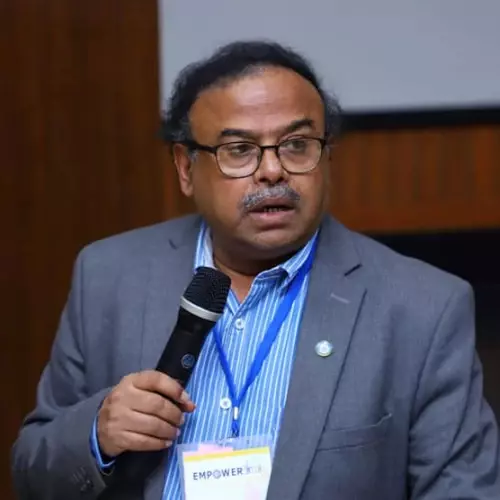
Former Director
National Institute of Technology
Durgapur, India.
Professor (Retd.)
Dept. of Computer Science & Engg.
IT Kharagpur, India.
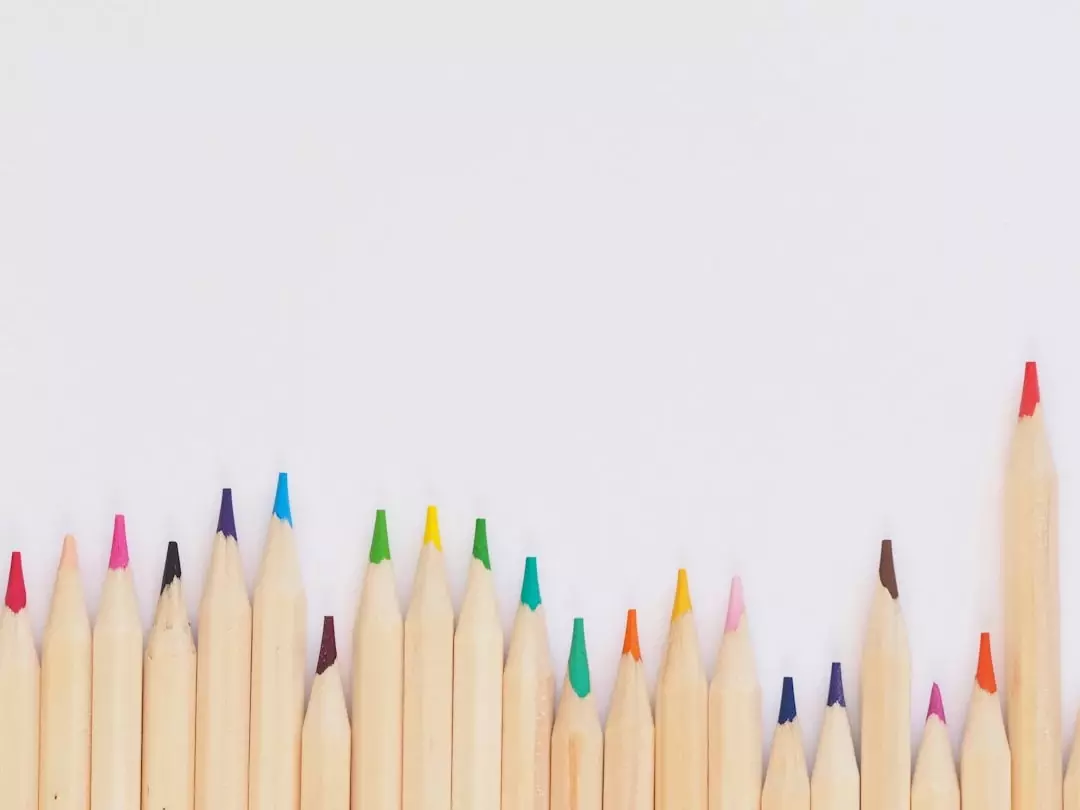
Help us empower young voices
Shikkha Sammanway thrives on collaboration and shared commitment. Whether you’re an educator, a language enthusiast, or someone who believes in the power of words, there’s a place for you here.
To reach every corner of the community, we need your support to develop and deploy our tools across India.
• Every ₹500 supports a child's access to inclusive learning.
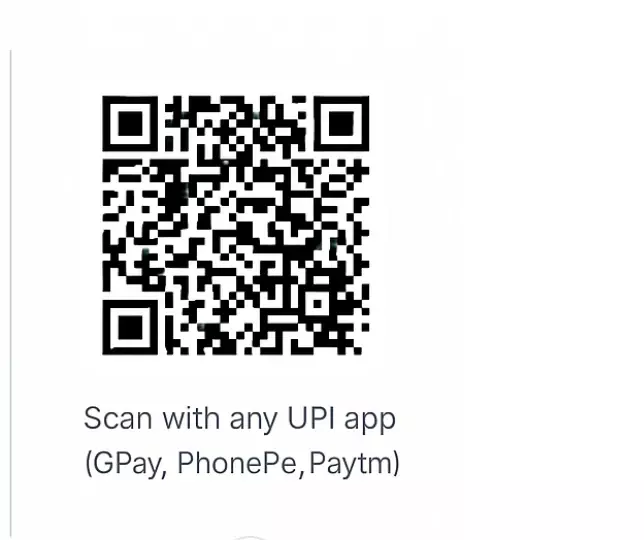
Sanyog - Iconic Communication Device


Sanyog is an intuitive iconic communication device designed to support individuals with speech and language impairments. Offering seamless language support in English, Hindi, and Bangla, Sanyog enables users to form sentences through a built-in Natural Language Generation (NLG) engine by simply selecting relevant icons. With multimodal input options, a virtual keyboard, intelligent auto-scan functionality, and pre-defined interaction templates, the device ensures accessible, efficient, and personalized communication. Though reliant on visual literacy and initial setup, Sanyog bridges expressive gaps with simplicity and adaptability, making it an essential tool for communication.
MyMagic is an OCR-enabled reading app designed for people with low vision, allowing users to quickly identify and read text from food labels, greeting cards, and documents using their phone's camera. With clear visual overlays and audio support, MyMagic makes everyday reading tasks easier, more accessible, and independent.
MyMagic: OCR-enabled Reading App for Low Vision




Sparsha is an inclusive and intelligent transliteration system that bridges the gap between regional language content and Braille literacy. Designed specifically for the diverse linguistic landscape of India, Sparsha enables seamless conversion between text and Braille, empowering visually impaired individuals to access and contribute to information in their native languages.
Key Features:
-
🔤 Multilingual Support: Supports 13 Indian languages, including Hindi, Bengali, Tamil, Telugu, Marathi, and more—making it one of the most comprehensive tools of its kind.
-
🔁 Bidirectional Conversion: Offers both Text-to-Braille and Braille-to-Text transliteration for full flexibility.
-
➕ STEM-Friendly: Converts mathematical and scientific notations into Braille using the Nemeth standard, enabling visually impaired students to learn and express technical subjects.
-
🛠️ Integrated Editors: Built-in intuitive editors allow users to input and format math and science expressions with ease before converting to Braille.
-
🖨️ Braille Printer Compatible: Fully compatible with standard Braille embossers, allowing for tactile output at the click of a button.
Sparsha - An Indian Language to Braille Transliteration System


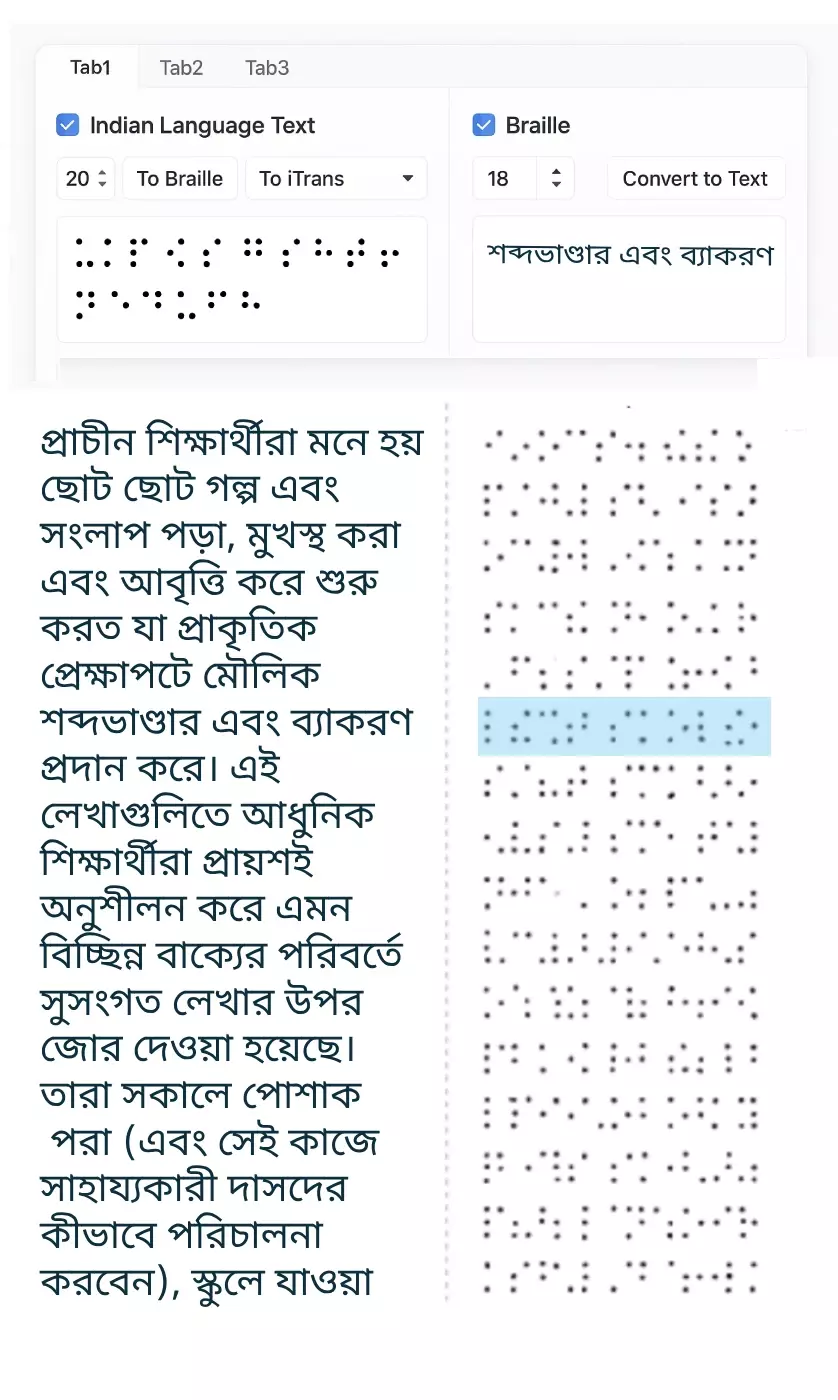
An inclusive, phonics-based learning system designed for children with dyslexia, this desktop and web-based tool supports Bangla, Hindi, and English. Through interactive visuals, speech prompts, and simplified typing interfaces, it helps young learners recognize letters, build words, and form sentences in their native language—making literacy more accessible, intuitive, and engaging.
Learning Framework for Children with Dyslexia


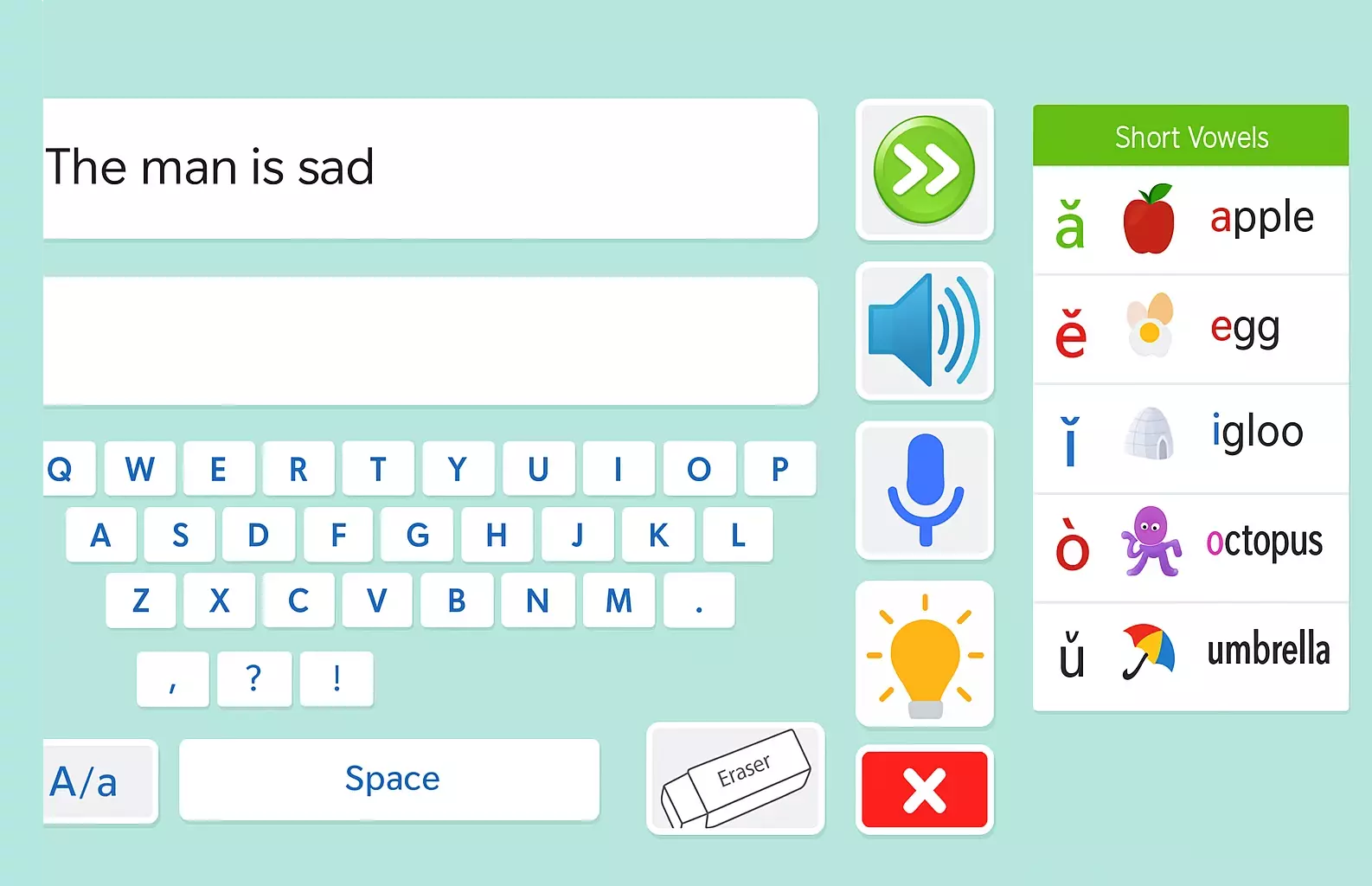






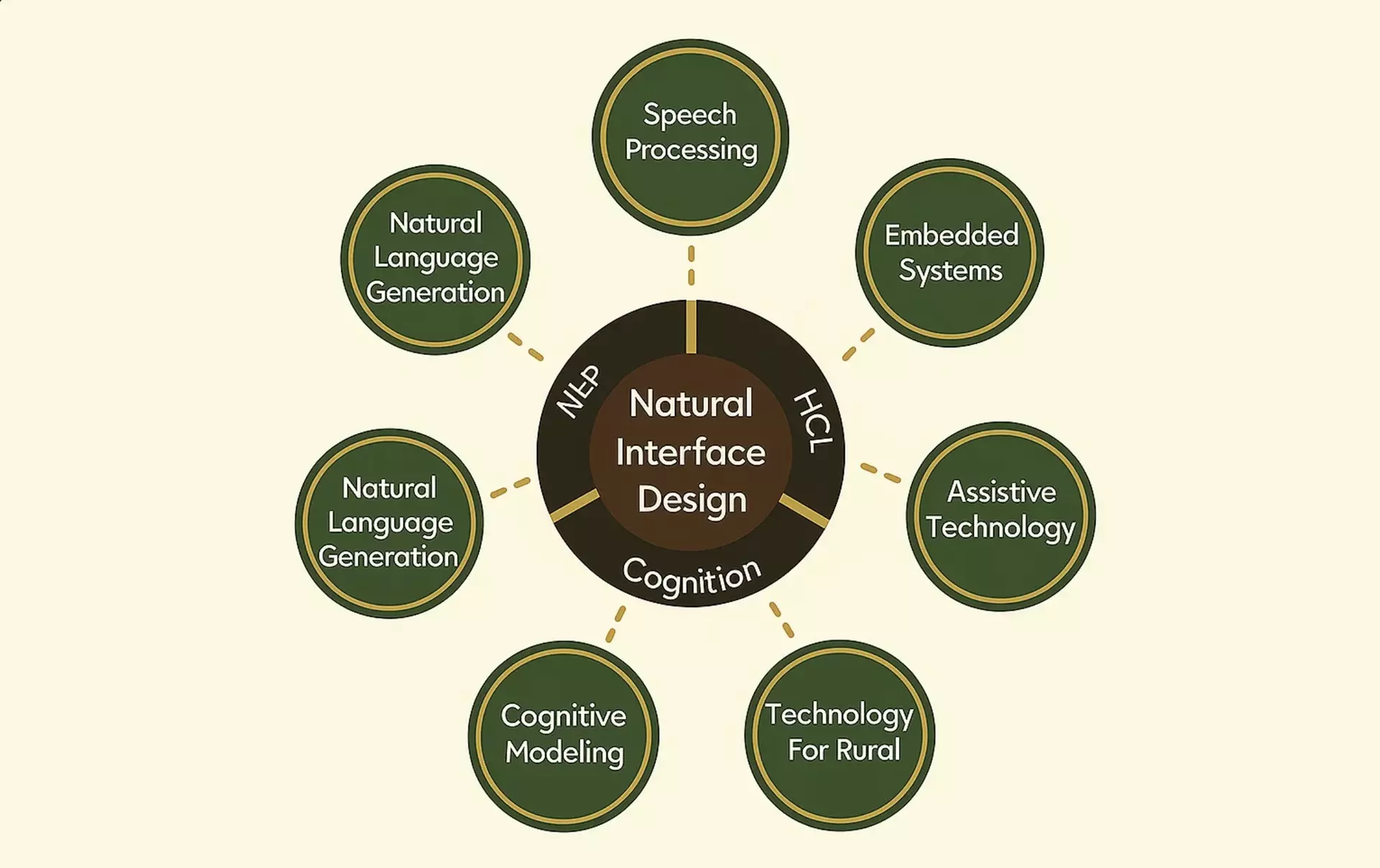
Interface
Design
Technology
Language
Generation
Systems
Language
Understanding
Processing
for Rural
Modelling
At IFF, we are committed to transforming lives through Natural Interface Design. Our research and innovation are focused on creating intuitive and inclusive technologies that empower the visually impaired and enhance accessibility for all. From individuals who are blind or have low vision, to those with hearing impairments, autism, severe speech and motor challenges, as well as the elderly and students with learning disabilities — we strive to make digital interaction seamless, human-centered, and truly universal.
We create affordable, easy-to-use tools that respect people's languages, cultures, and real-life needs—helping everyone communicate better, including the elderly, people with disabilities, and those with limited digital experience or speech and hearing challenges.
At Inclusive Future Foundation (IFF), we want to make technology work for everyone—especially the “other billion” who are often left out.

2.1% of India’s population lives with a disability, including 1.8 million in West Bengal.

Despite rapid technological progress, many remain excluded—mainly due to inadequate infrastructure and a lack of sensitive, tailored approaches that make technology accessible and intuitive for first-time users.
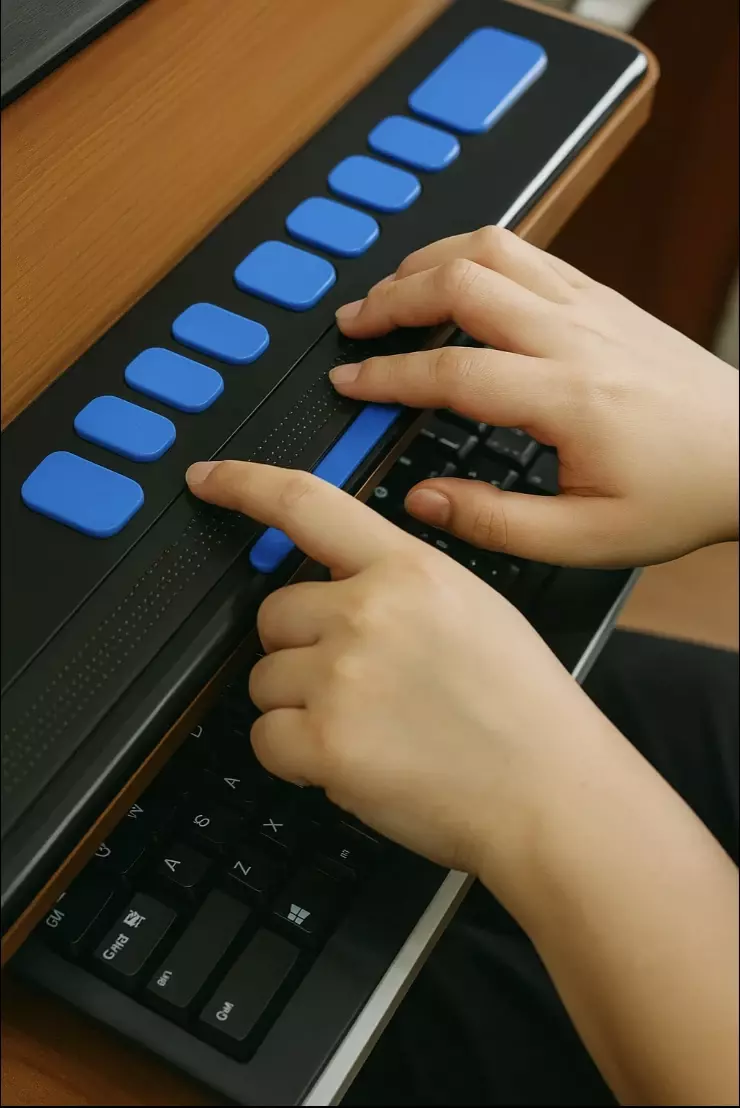
Building a Sustainable Ecosystem for Assistive Technology.
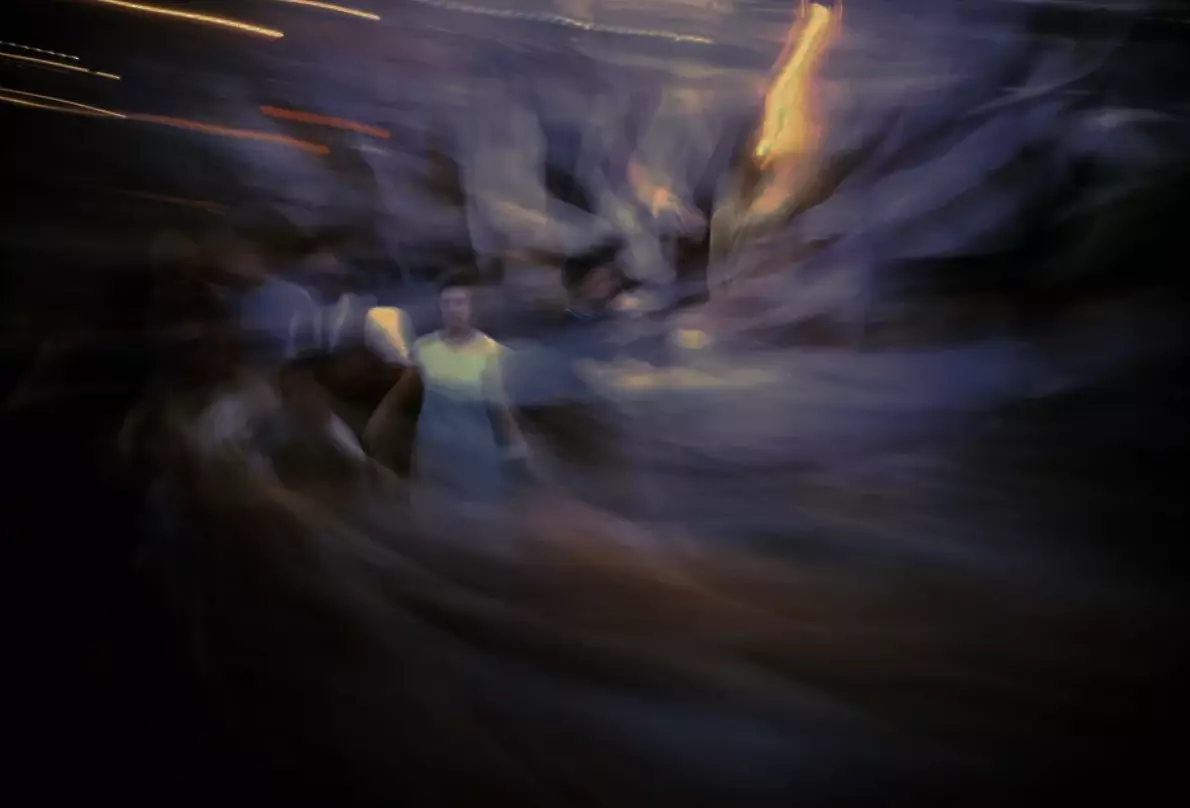
At Inclusive Future Foundation (IFF), we believe technology should include everyone. Low-cost, user-centric technologies that bridge the semantic and affordability gaps between people and machines—making digital access natural, affordable, and human-centered.
We focus on co-creating Assistive Technology (AT) with Persons with Disabilities (PwD), not just for them. Many AT solutions fail to reach users due to lack of support or scalability. IFF fills this gap by connecting researchers, developers, PwD, and industry, taking products from lab to real life with sustained support.
IFF is a unique initiative addressing the specific needs of underserved communities, transforming innovation into lasting, inclusive change.
